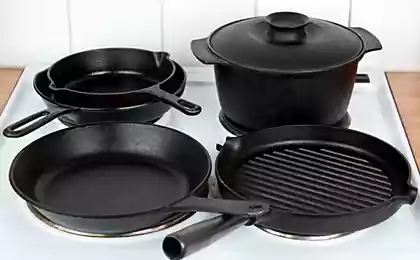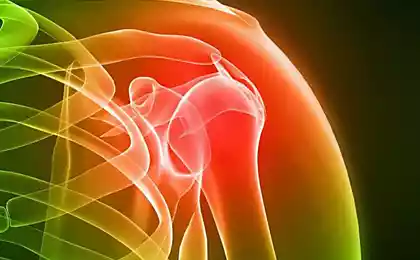217
Why in the USSR produced curved spoons
Sometimes the most ordinary household items can tell an amazing story about the time of their creation. Recently we wrote about unusual bottles of trihedral shape, which were once in every Soviet kitchen. And today we invite readers to guess why you need a spoon depicted in the picture.
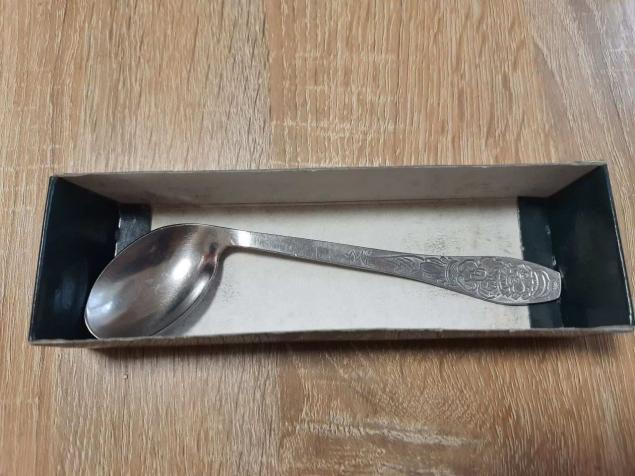
A spoon is one of those amazing objects that accompany a person throughout his life. Metal and plastic, large and small. They are all different, but we learn to keep them at an early age.

It just so happened that the spoons released 30-40 years ago are strikingly different from the faceless stamped clones that are filled with shops today. I would even say that they are closer to applied art than to the modern utilitarianism of cutlery.
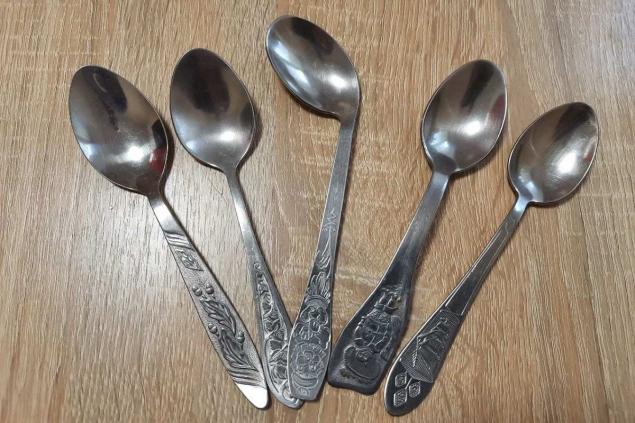
However, even among this amazing variety, there are instances that can really surprise you. When I saw our spoon on the trash tray, I thought someone had bent it. Otherwise, where does the 90 degree curve come from?
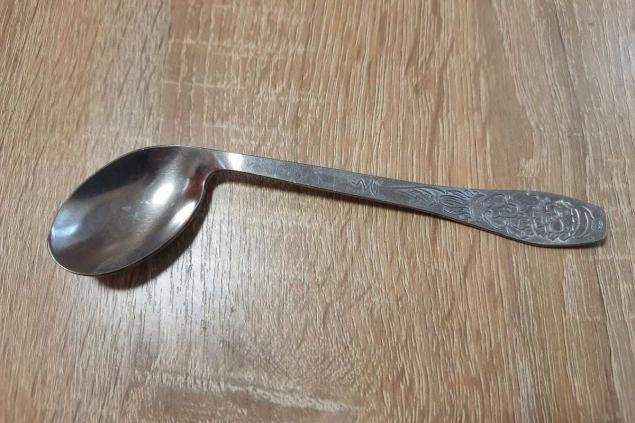
Close inspection and assurances of the seller convinced me that this spoon was born. The creators deliberately bent it. But for what purpose? Maybe it's easier to pick something up. After all, there are spoons with very long handles for ice cream and cocktails.

What if we switch on logic? There's a funny dwarf on the pen. The drawing is clearly childish, so the spoon may be intended for babies. But why do children need this form? It's doubtful if she's helping to eat. The answer to all these questions I found in the old handbook of the commodity expert of non-food products.
Why did Soviet mothers give children crooked spoons? The answer is surprising and at the same time makes you think. If you believe the directory, then spoons with a bend to the left were released to... complicate the life of left-handers. Indeed, if you take such a device in your left hand, you cannot eat it. “This is life, baby,” as parents say, “if you want to eat, learn to eat right.”

In the USSR, it was believed that left-handers should be retrained. If necessary, even forcefully. And there were several reasons. First, the doctrine itself did not presuppose the existence of someone who would be any different from the general mass. Second, tools, machines, and even machine guns in the military are made for right-handers. A left-hander is not likely to be an effective worker or soldier.

Later studies showed that retraining left-handers is not only very difficult, but also unsafe. This negatively affects their psyche. Should I? After all, this psychological feature helps to think outside the box, often becoming the key to life success. For example, Bill Gates, Aristotle, Napoleon, Einstein and Alexander the Great were left-handed. Five of the last seven US presidents have written with their left hand.
No one teaches left-handed people today. And even the worst mother will not put a mitten on their right hand so that they can write only with their right hand. But the curved spoon remained in my collection as a reminder of a bygone era and the pedagogical methods of those years. Do you remember how left-handed people were retrained in Soviet schools?
The article and the preview used photos.

A spoon is one of those amazing objects that accompany a person throughout his life. Metal and plastic, large and small. They are all different, but we learn to keep them at an early age.

It just so happened that the spoons released 30-40 years ago are strikingly different from the faceless stamped clones that are filled with shops today. I would even say that they are closer to applied art than to the modern utilitarianism of cutlery.

However, even among this amazing variety, there are instances that can really surprise you. When I saw our spoon on the trash tray, I thought someone had bent it. Otherwise, where does the 90 degree curve come from?

Close inspection and assurances of the seller convinced me that this spoon was born. The creators deliberately bent it. But for what purpose? Maybe it's easier to pick something up. After all, there are spoons with very long handles for ice cream and cocktails.

What if we switch on logic? There's a funny dwarf on the pen. The drawing is clearly childish, so the spoon may be intended for babies. But why do children need this form? It's doubtful if she's helping to eat. The answer to all these questions I found in the old handbook of the commodity expert of non-food products.
Why did Soviet mothers give children crooked spoons? The answer is surprising and at the same time makes you think. If you believe the directory, then spoons with a bend to the left were released to... complicate the life of left-handers. Indeed, if you take such a device in your left hand, you cannot eat it. “This is life, baby,” as parents say, “if you want to eat, learn to eat right.”

In the USSR, it was believed that left-handers should be retrained. If necessary, even forcefully. And there were several reasons. First, the doctrine itself did not presuppose the existence of someone who would be any different from the general mass. Second, tools, machines, and even machine guns in the military are made for right-handers. A left-hander is not likely to be an effective worker or soldier.

Later studies showed that retraining left-handers is not only very difficult, but also unsafe. This negatively affects their psyche. Should I? After all, this psychological feature helps to think outside the box, often becoming the key to life success. For example, Bill Gates, Aristotle, Napoleon, Einstein and Alexander the Great were left-handed. Five of the last seven US presidents have written with their left hand.
No one teaches left-handed people today. And even the worst mother will not put a mitten on their right hand so that they can write only with their right hand. But the curved spoon remained in my collection as a reminder of a bygone era and the pedagogical methods of those years. Do you remember how left-handed people were retrained in Soviet schools?
The article and the preview used photos.
A mother-in-law once came to visit without warning, and after her visit I discovered a strange find.
Why Teachers Leave Schools in the Middle of the School Year






